The first Arena Championship of the new Magic: The Gathering competitive system was a showcase of the game’s rotating digital-only format Alchemy.
With the release of Dominaria United, Black decks have dominated Standard. Alchemy shares much of the same card pool with Standard, so it was natural that Black lists would be heavily represented at the Arena Championship.
The top two lists coming out of the tournament were variations of the same midrange shell. All but one list in the top-eight bracket featured primarily Black cards.
Sam Rolph won the Arena Championship off the back of the grindy, value-based Rakdos Midrange deck full of synergistic cards. Every card in the deck works toward a singular goal. It’s not a deck that dishes out big punches, but slowly whittles down the opponent’s life total.
Rolph piloted this list to a first-place finish, earning $30,000 and an invitation to the 2023 Magic World Championship.
Standard players will recognize the majority of cards in Rolph’s list. Alchemy Rakdos Midrange is similar to its Standard counterpart barring a few key differences. Because of The Meathook Massacre losing the life-gain ability in Alchemy, the archetype needs a new long-game piece that can stabilize the battlefield and win the game on its own.
This is where Sanguine Brushstroke comes in. Released with the wave of Alchemy cards released during the two Innistrad sets in 2021, Sanguine Brushstroke is an Enchantment that conjures a copy of Blood Artist onto the battlefield.
Blood Artist is a staple in aristocrats strategies throughout Magic’s various eternal formats. This replaces The Meathook Massacre as a consistent life drain effect that both hurt the opponent and helps you recover from an early-game assault.
When Blood Artist is combined with Oni-Cult Anvil, Rakdos Midrange can establish a value engine similar to the classic Cauldron Familiar and Witch’s Oven that is prevalent in Historic and Pioneer. It’s a hard interaction to stop because it requires multiple removal spells and can comfortably avoid most board wipes.
Blood Artist was an all-star in Rolph’s list and contributed toward his 2-1 victory over runner-up Keisuke Sato in the finals.
Rolph packs in other spells that can press an early advantage. Ob-Nixilis, the Adversary is a three-mana Planeswalker that can attack the opponent’s resources, especially if it can enter the battlefield on turn three and use its Casualty ability.
Sato ran a similar list in his second-place performance at the Arena Championship. His list was filled with more heavy-hitters compared to Rolph’s more synergy-focused build. Sato was packing two copies of Invoke Despair and four copies of Fable of the Mirror-Breaker. These cards gave his deck an effective top-end, but took away some consistency compared to Rolph’s build.
Invoke Despair is powerful but within a two-color shell, the card can present problems with its 1BBBB mana cost. Sato was also running three copies of The Meathook Massacre; two in the main deck and one in the sideboard. This card is still strong against Creature lists, but it loses a lot of its strength without being able to gain life. It’s an effective metagame call but is a dead card in the mirror match.
Sato chose not to run any copies of Braids, Arisen Nightmare. This is in stark contrast to the four copies that were found in Rolph’s list. The card is generally dead in the mirror, but Braids does prove effective as an additional source of damage and board control. When combined with the consistent tokens and sacrifice fodder that can be generated by Rakdos Midrange, Braids forces the opponent to make tough decisions with their life total and permanents.


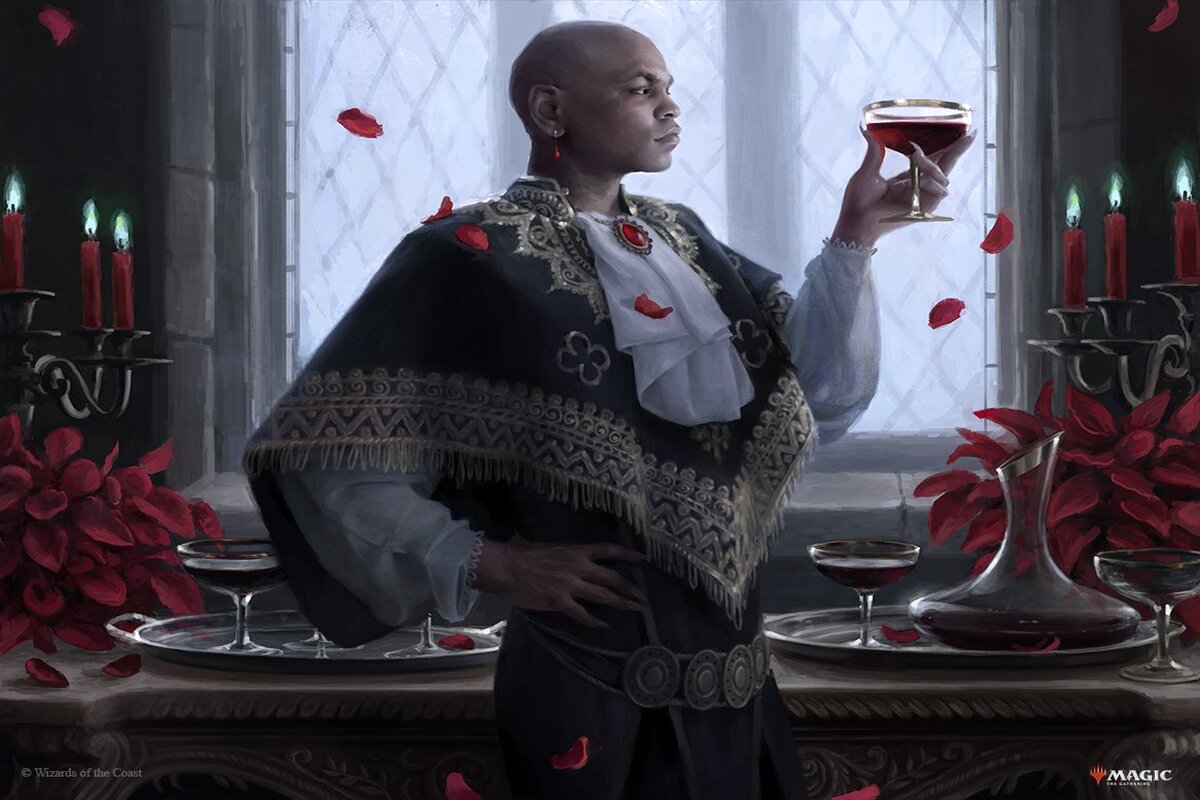
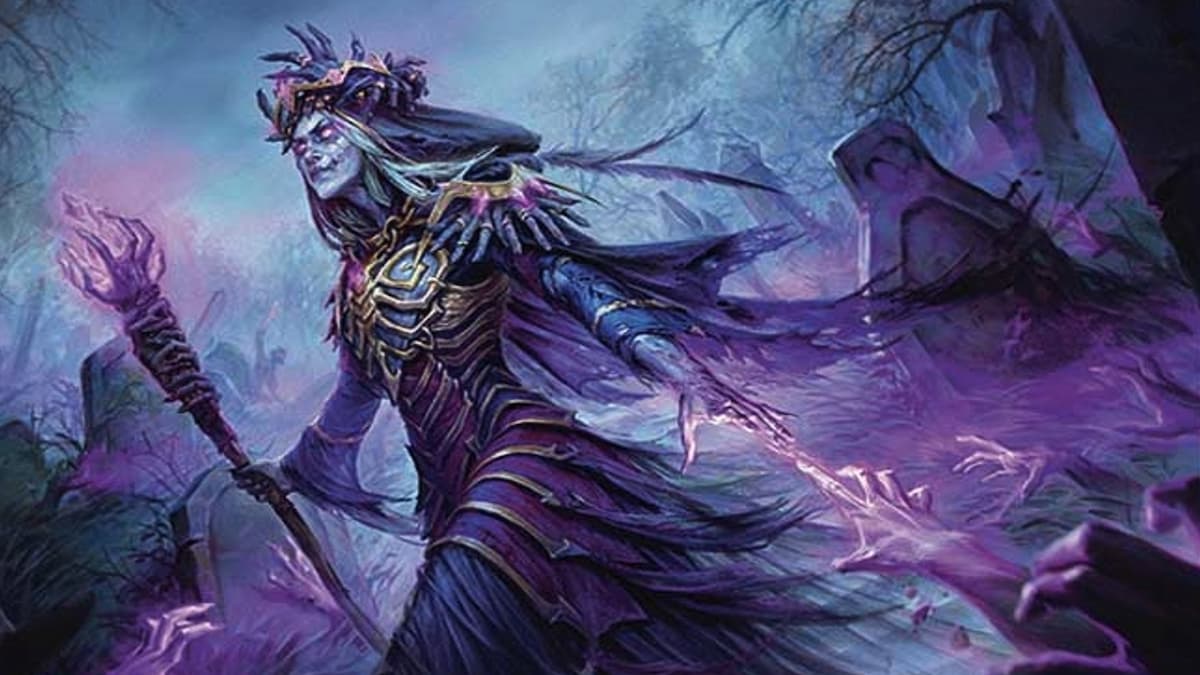
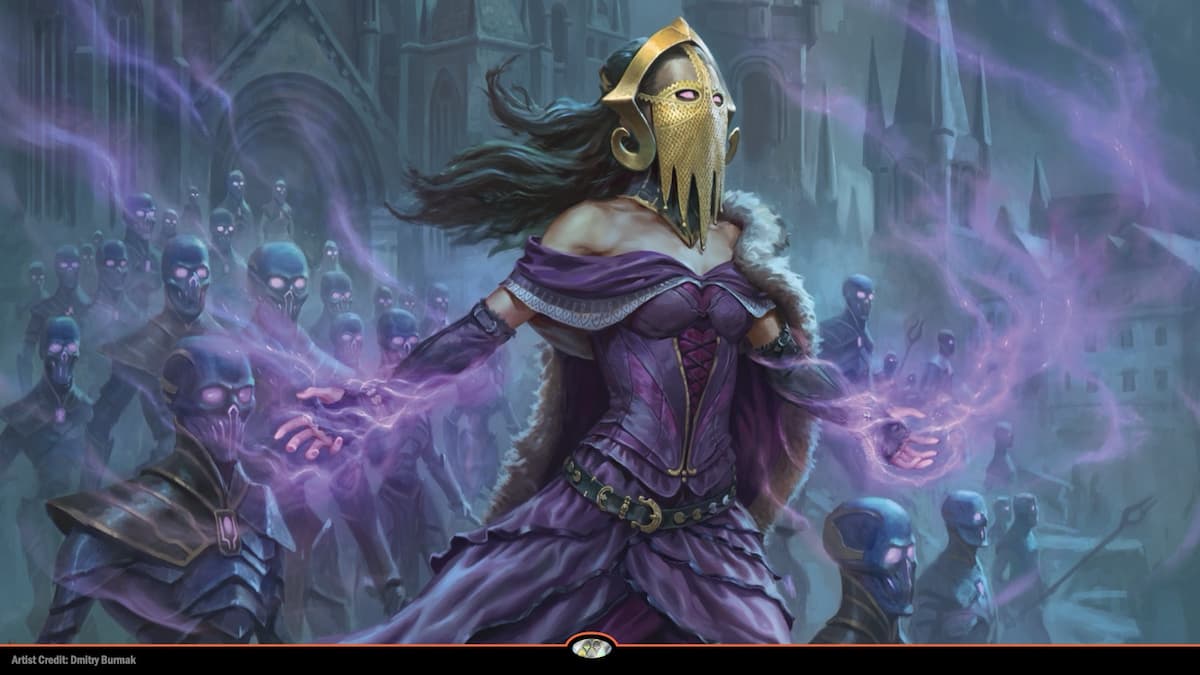
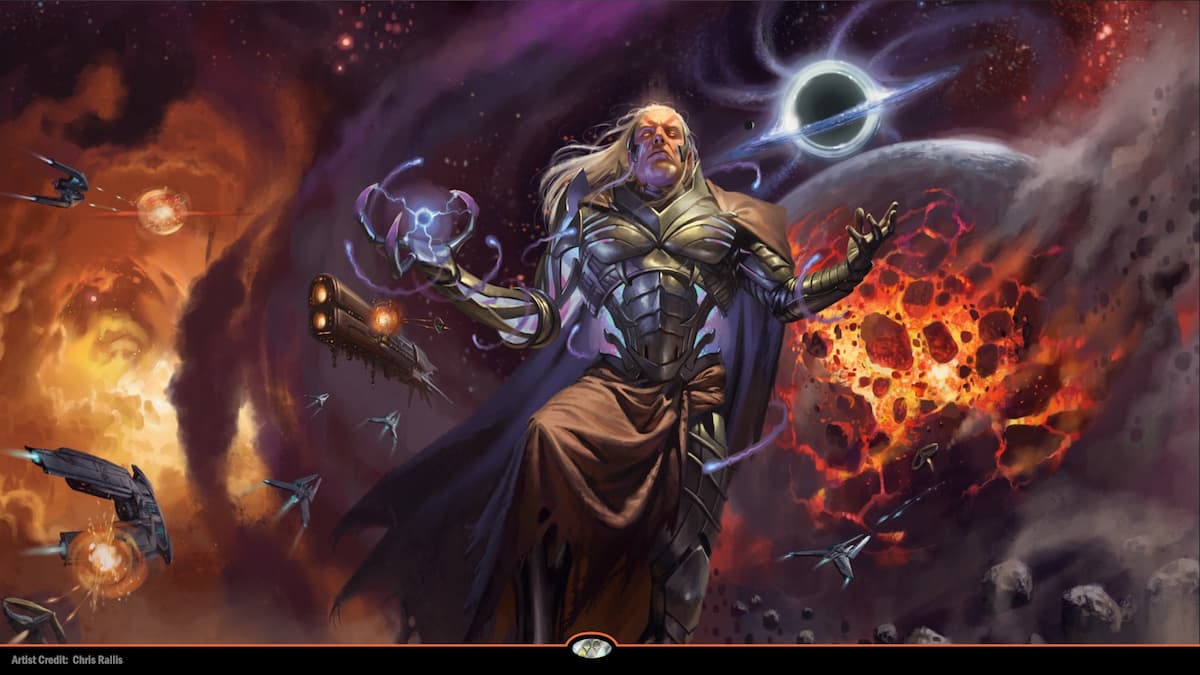


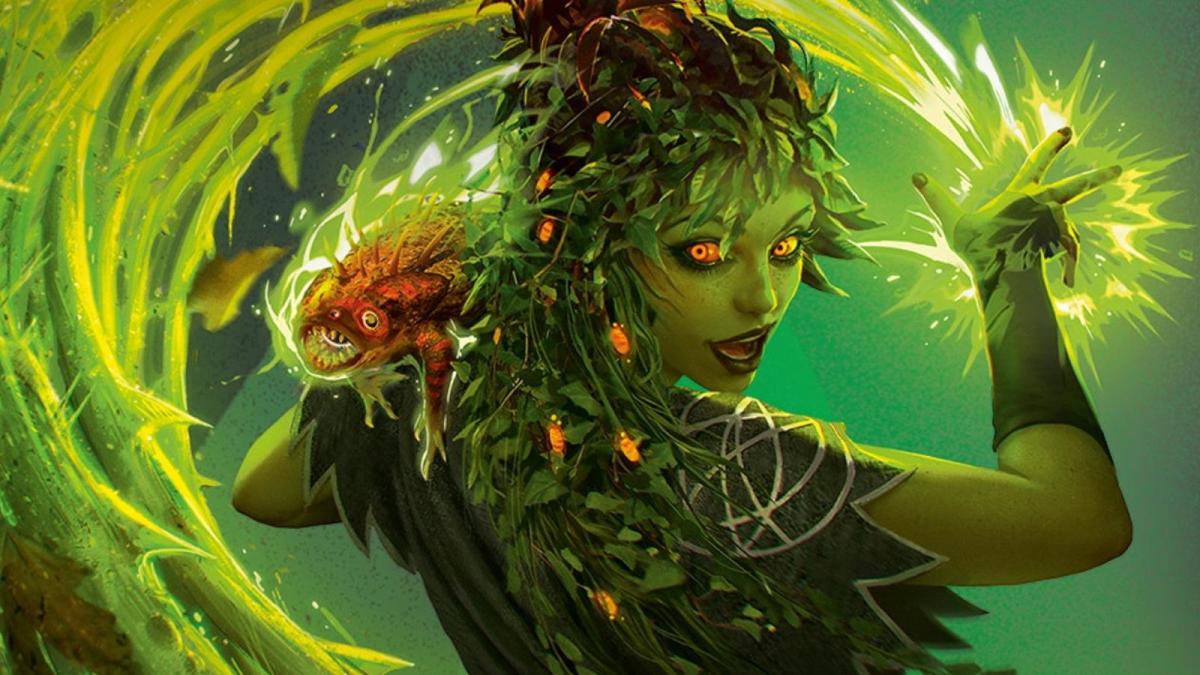
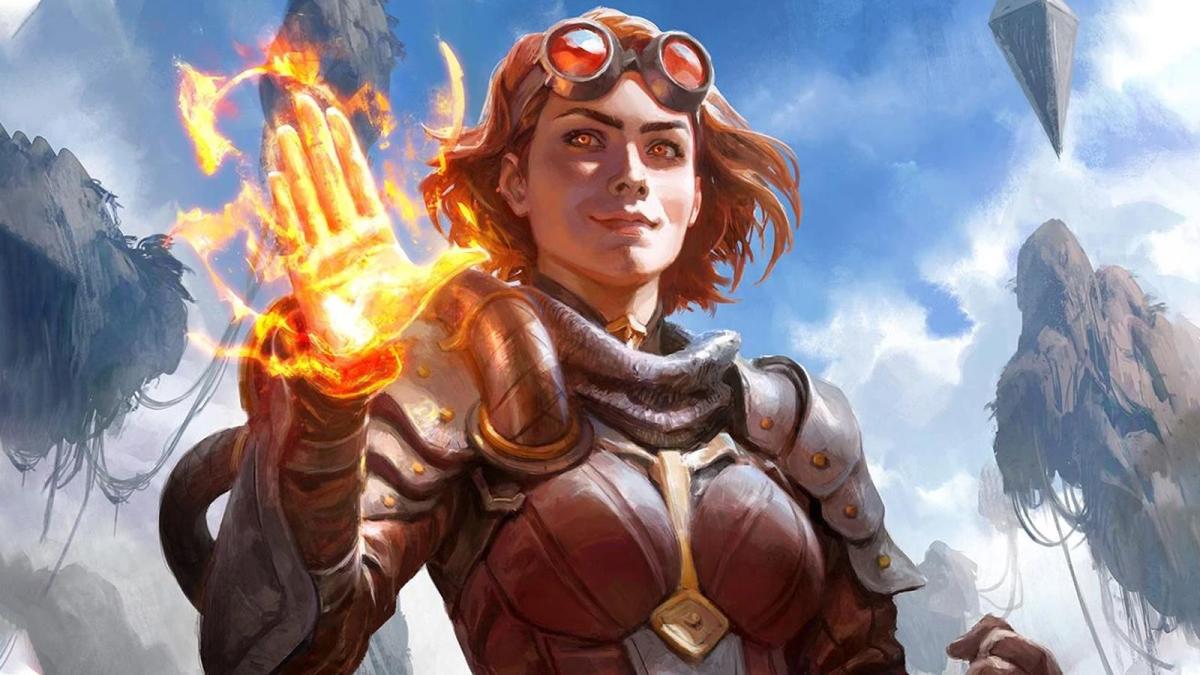

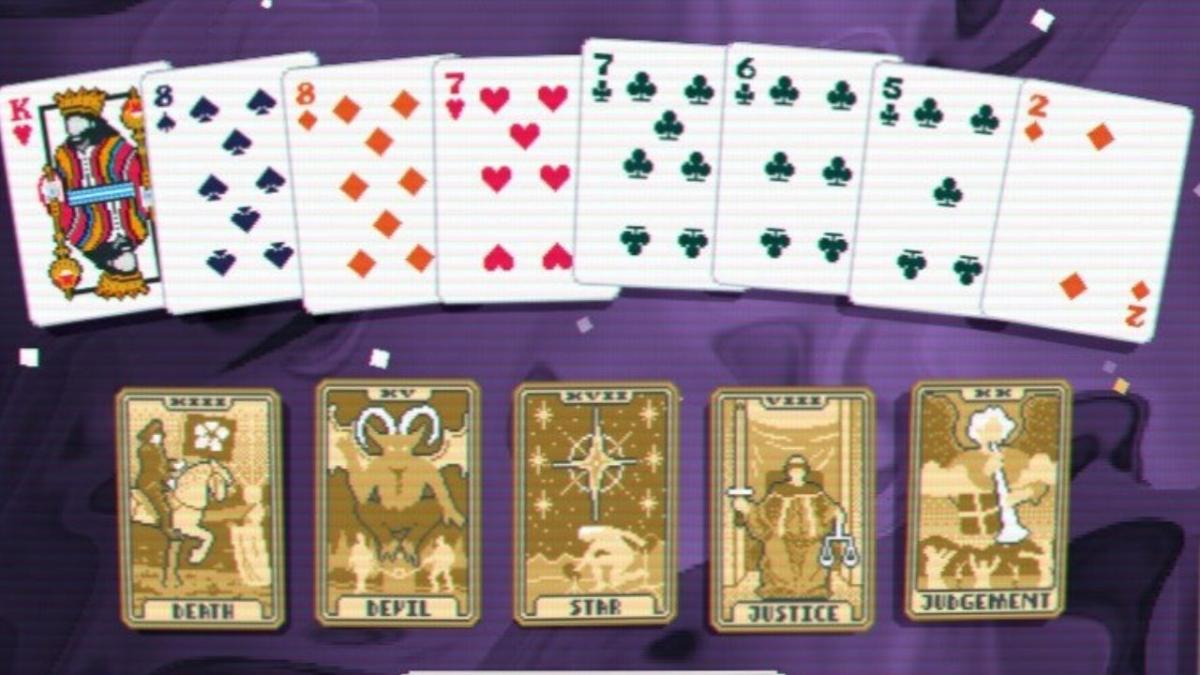

Published: Sep 26, 2022 06:31 pm